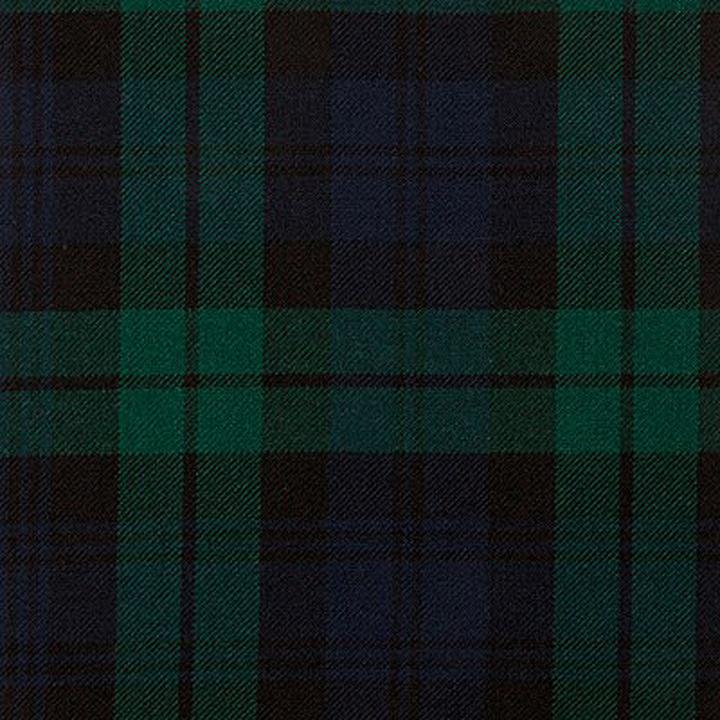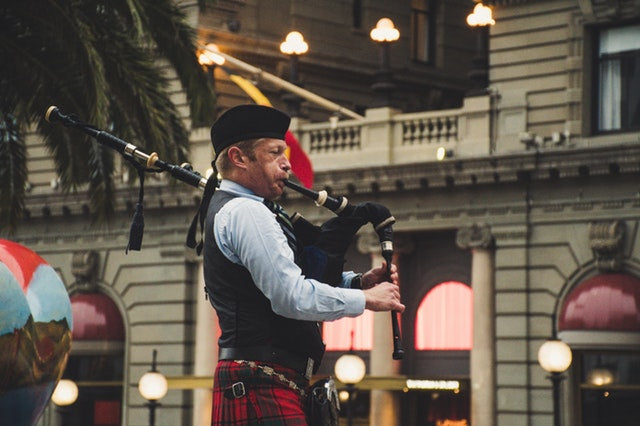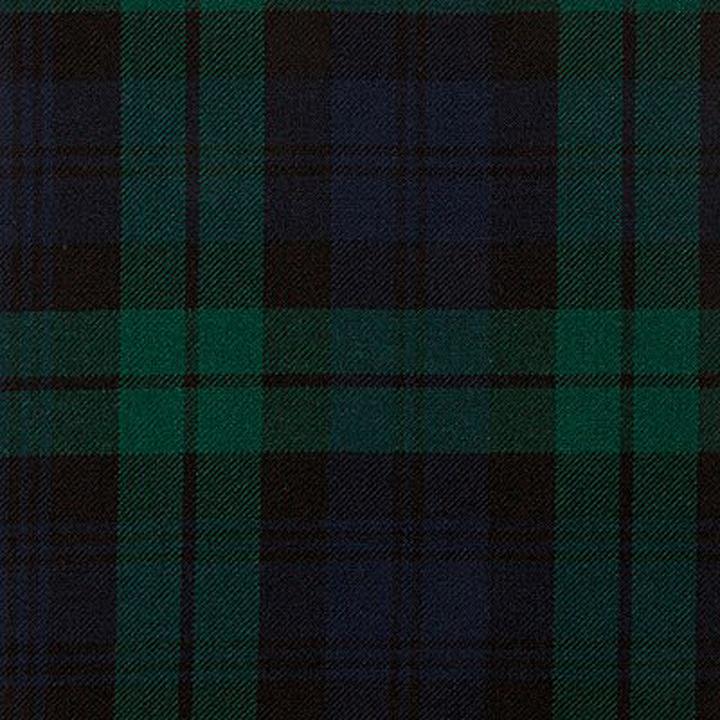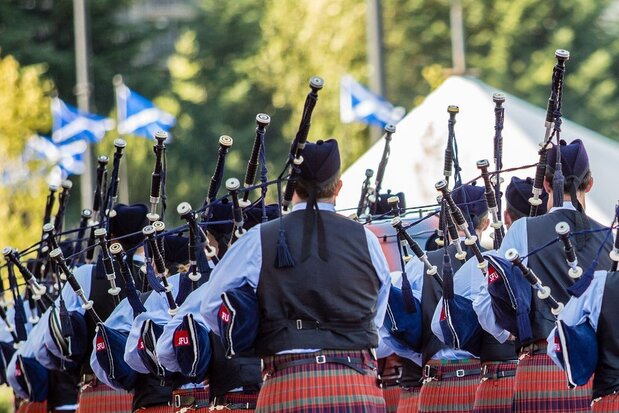Some people with no connection to Scotland may feel awkward wearing a tartan, but there is no need to feel that way. There are several universal tartans anyone can wear regardless of their heritage. These patterns have become so renowned that people from all over the world have adopted them. Look out for these colours and patterns when searching for a tartan piece to add to your collection.
Royal Stewart
This is the tartan that started them all. It is the most well-known with its red background and green, yellow, and blue stripes. Sir Walter Scott chose it for King George IV's visit to Edinburgh. This was the time when laws banning tartan started to get lifted. Commoners took on the pattern as well to show their loyalty to the royals. That is when the royal family adopted the Balmoral tartan purportedly designed by Prince Albert. It is meant only to be worn by the royals and the Queen's piper. The Royal Stewart is the personal tartan of Her Majesty the Queen and is deemed appropriate for all subjects of hers to wear.
Black Watch
This deep blue and green pattern also known as Campbell honours the brave. The subtle depth and dark, moody vibe this pattern exudes makes it appeal to both men and women. British Prime Minister Theresa May often sports a suit with the pattern. Black Watch gets its name from being known as the plaid pattern worn on the kilts of the men a part of the Argyll & Sutherland Highlanders or Argylls for short. The design is also known as Government 1A with the 1B version being commonly commercially woven. The famous regiment is best known as the Black Watch. Their duty was to ensure the Highlands remained free of crime and deterred fighting between clans starting in the 1700s.
MacLeod of Lewis
This tartan is famously known as Loud MacLeod because of its bright yellow colour and is ideal for people who like to stand out. Originally from the inner and outer Hebrides Islands and the western mainland of Scotland, the Macleod Lews has outgrown these areas. It is recognized as one of the boldest patterns in the world.
Lindsay
Because of this tartan's classic red and green pattern, it is easy to style. It is often seen on women's school uniforms, jackets, and skirts. The first Lindsay recorded in Scotland was in 1120, but it was descended from Danes. The family that took on the tartan gained land in both Scotland and England but had to give up their English property during Scotland's wars of independence. The family has since spread out all over the world and so has their tartan.
Dress Stewart
Many school uniforms also sport this plaid, but it has gained popularity beyond that as well. Dress Stewart is used in high fashion and traditional pieces. Dress tartans, in general, are typically reserved for dress-up occasions. While this particular Dress tartan remains a source of pride for Stewart family members, it is also enjoyed by many all over the world. Dress Stewart is used commercially by many different types of designers.
Scotland Forever
A Scottish weaving mill invented this modern pattern. Its name comes from the famous battle cry heard at Waterloo. Scotland Forever was explicitly designed to be a tartan that could be worn by anyone anywhere regardless of their heritage.
Other Tartans
While donning a tartan gives clans and families a sense of pride in their heritage, they are not the only ones allowed to wear one. The tradition stems from honouring a community one belongs to. That is why there are plaids designed for cities, regions, schools, companies, clubs, events, etc. This list mentions some of the most known and used tartans in the world, but there is no rule stopping you from wearing others. Wearing someone's plaid is a sign of comradery and respect. So when it comes to choosing a tartan, pick any that you like. Think of the many patterns as Scotland's gift to the world.
Feel free to shop Tartantown and pick any plaid that catches your eye.









